[click to enlarge]
Buenos Aires is a paradise for street art enthusiasts and artists alike. One of the reasons is that unlike most large world cities it has an open and relatively unrestricted approach to urban art. This means that abandoned and derelict as well as occupied buildings can be used as art spaces as long as owners give their permission.
On a recent long weekend visit to Buenos Aires I decided to join a guided street art tour instead of seeking out murals and street art on my own, as I usually do. There are several walking tours available, but I decided to go with Graffitimundo, a non-profit organisation directly involved in supporting the urban arts scene in the city.
The advantage of doing a walking tour is that you get to learn about the artists, their philosophies, styles and inspirations and also how and why they got into street art in the first place. The tour I joined was led by Cecila who also invited us for coffee at the Graffitimundo’s gallery and workshop where some of the artist’s works are on display.
The images in this photo gallery were all taken in the Colegiales and Palermo Hollywood neighborhoods in the northern areas of Buenos Aires.
– Jean-Jacques
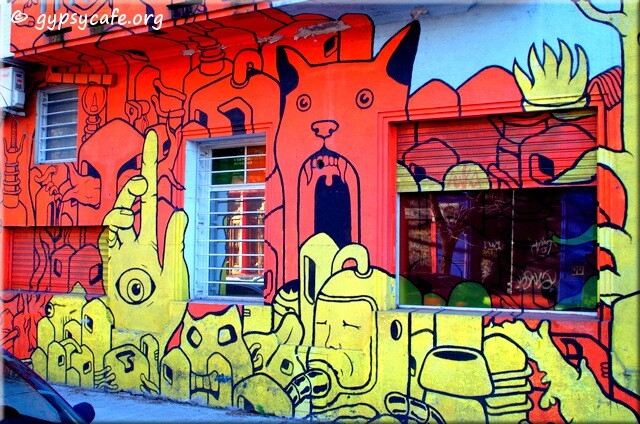
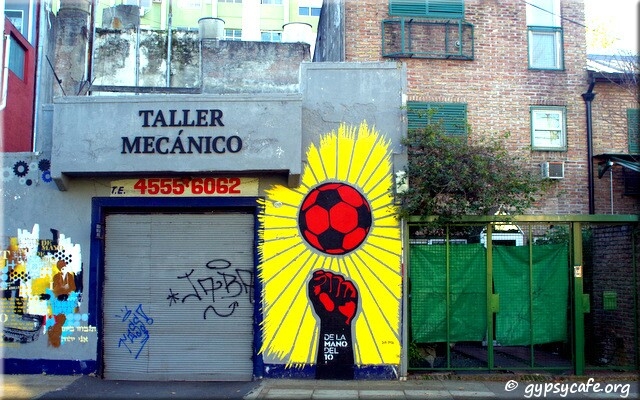
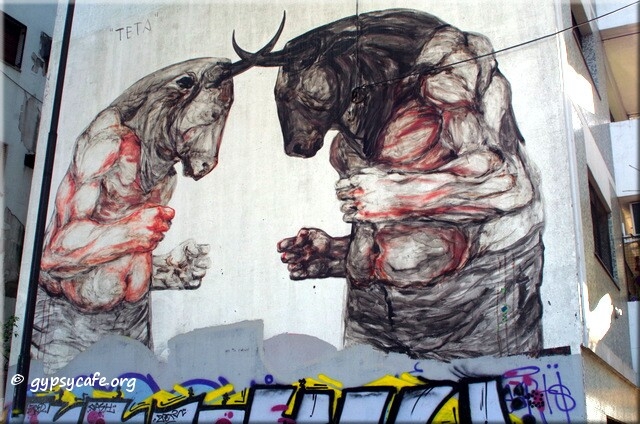

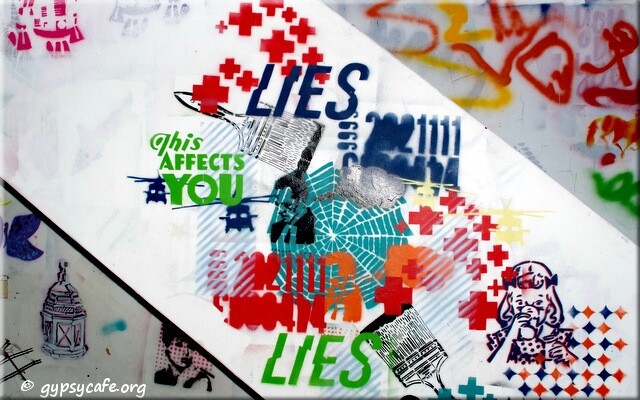
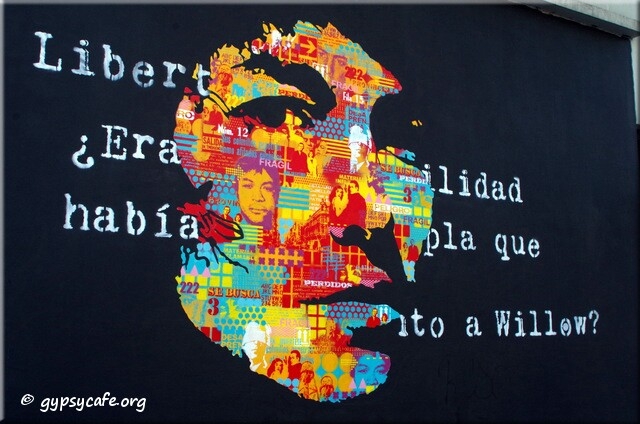
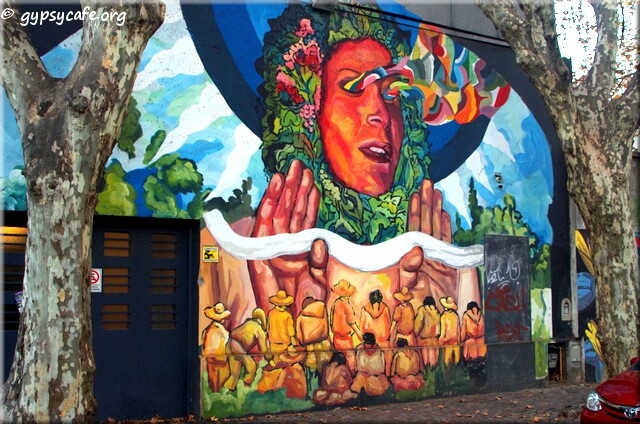
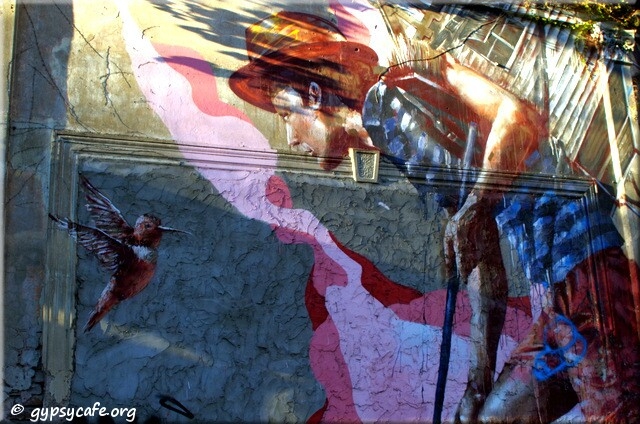
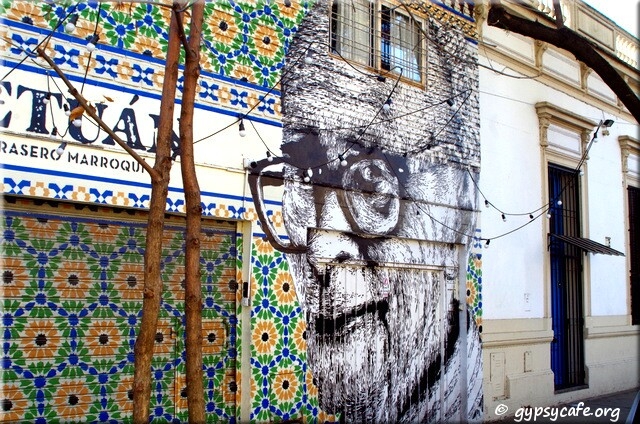
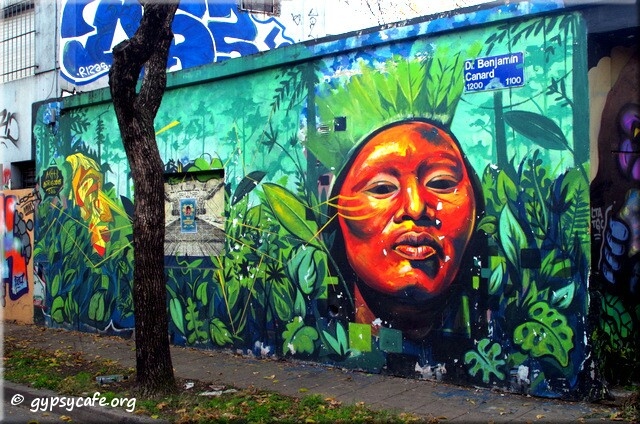
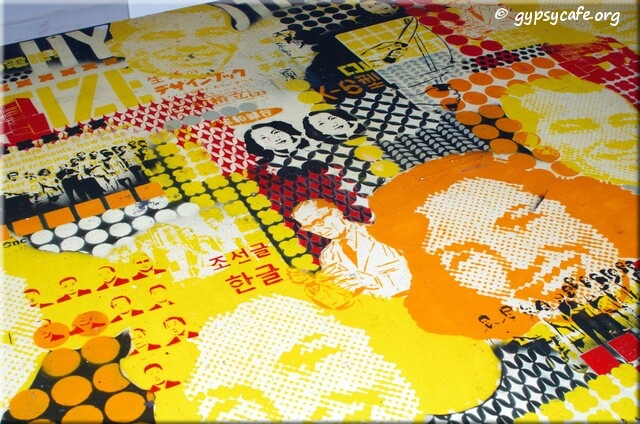

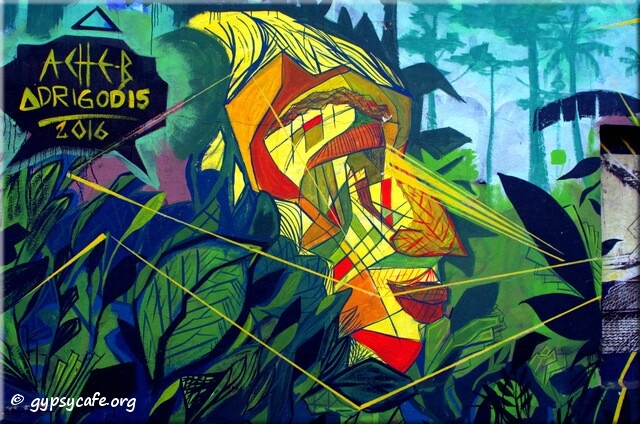
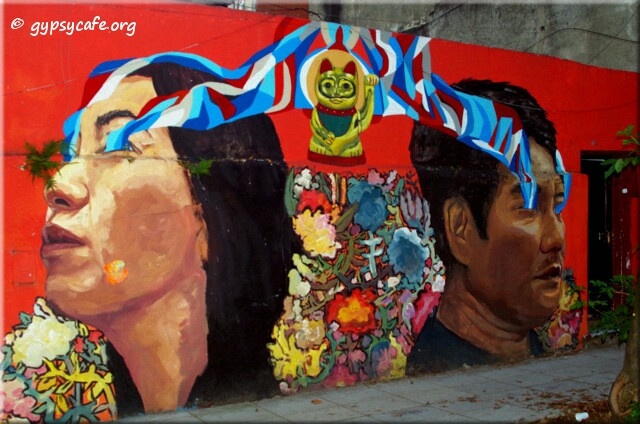
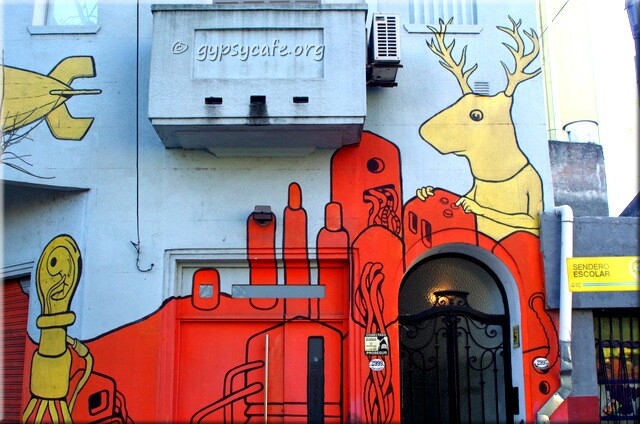


6 Comments
Nice to hear from you. The artwork is magnificent. I would have trouble naming a favorite, but I’m sure if I knew the philosophy and expectation of each piece then I could be swayed.
It would be something if in the US we could expose our buildings as a canvas for such creativity. But after licenses and insurance and all that stuff the freshness of the project would wear off… jc
Thank you for commenting JC and for sharing your thoughts. Yes, very true – when we hear about each artist and how they do their work and the effort involved for example, or the true message or inspiration it really helps to like a particular work or works of a particular artist. I can perhaps name a few examples: *** SPOILER ALERT *** [for those who plan to do a Graffitimundo tour].
– The wall in picture 8 was chosen by Fintan McGee specifically because of the canvas-like texture. It is the outer wall of a house that is bricked-up while not being in use and the owners gave permission. The little bird in this mural symbolizes hope. Fintan McGee is an international urban artist (from Australia) who like others, as drawn to B.A. open urban art culture environment.
Fintan McGee has been described as Australia’s banksy:
https://en.wikipedia.org/wiki/Fintan_Magee
– The models for the mural by Nicolás Romero “Ever” in picture 14 were a Chinese shopkeeper that the artist knows well – and the shopkeeper’s wife (although one may have thought they are perhaps famous political figures in history or activism). This mural also features Japanese symbols, so there is a deliberate blend of Eastern culture for tension.
For the murals in pictures 7 & 12 the artist used – let’s just say”unconventional” models who are well known in a certain genre..
https://graffitimundo.com/artists/ever/
– The mural by Cabaio in picture 9 is done through very intricate stencil work and has phenomenal detail close up. This artist started his work as part of a group to send a political commentary on the Argentine financial crisis in 2001 and the messages were critical of consumerism.
You can read more about him/ his work here:
https://graffitimundo.com/artists/cabaio/
– Pablo Harymbat (murals in pictures 1 and 15) explores the organic and mechanical aspects of human nature – more details about him here:
https://graffitimundo.com/artists/gualicho/
– Franco Fasoli aka “Jaz” (one of the first large mural graffiti artists in Buenos Aires) in picture 3 focuses on identity and duality, incorporating hybrid (man/beast) creatures – more about Jaz here:
https://graffitimundo.com/artists/jaz/
The above pictures in this gallery just about scratches the surface – there’s so much more! I’ll be returning to B.A. to do another tour and capture more of the amazing works on public display before they fade away, decay or are lost when buildings are demolished.
J.J.
Greetings Jacques – These are gorgeous photos and works. The bright colors grab me, though there is something striking in all of them. If I had to pick a favorite, it might be the Adri Godis abstract, so much to see in it and love the colors. Romero leaves something to think about. 🙂 Thanks for sharing photos from your trip. in lak’ech, Debra
Thank you for commenting Debra – it’s good to gear from you. Good choice – yes, I like that one too! Especially the yellow lines implying vision. Here is another shot I took – you can see the lines better and also the forest trees and leaves:
http://gypsycafe.org/wp-content/uploads/2018/07/Adri-Godis-Mural-Buenos-Aires-gypsycafe.org_.jpg
I agree about the colors – and the selections I made here were as much influenced by color as message. Also some praise has to go to my trusty Pentax K50 DSLR with a 20 year old model (but bought brand new) manual focus Tokina lens that I got recently in Santiago, which seems to bring out the colors especially well.
Your’e welcome and I hope to bring some more! Thanks for viewing.
Your post brought back many memories of travels in Sth America back in 2011.
Loved all the street art in Argentina but also in several other countries on the continent.
It’s wonderful that artists are allowed to turn dismal places into bright socially interactive showpieces for everyone to enjoy free of charge.
This is a great continent – huge diversity – so much to see and do. Being based here on a more long term basis allows for exploring more at leisure – and no lack of street art in the major urban centres, which is often used to uplift areas. I will hop over to your blog and have a look at your South America coverage. Thanks for visiting!
Jean-Jacques